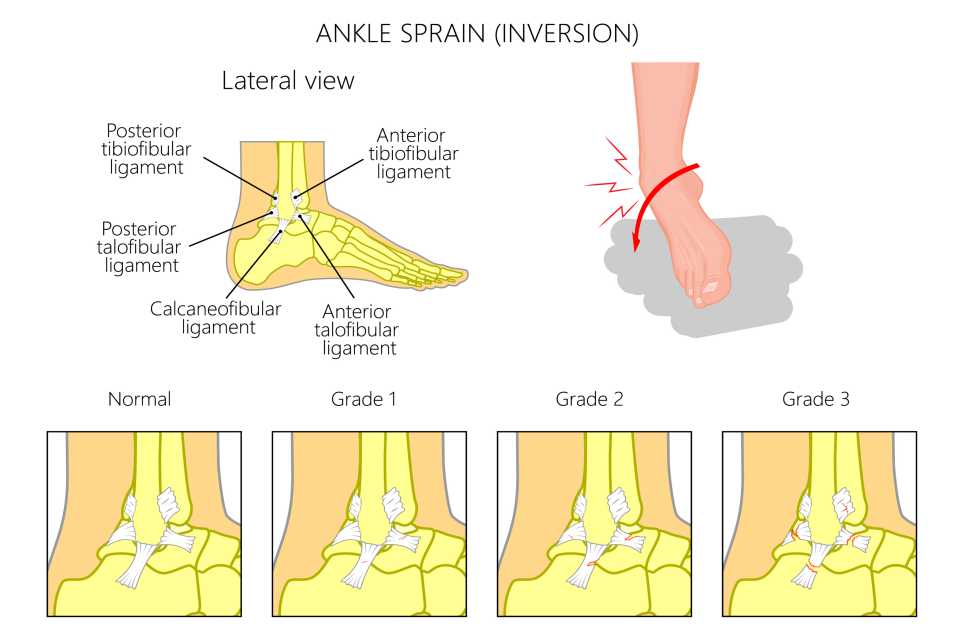Subtalar Fusion Surgery is a surgical treatment performed to reduce persistent discomfort, promote movement, and improve the overall quality of life. It is gaining popularity among those with foot and ankle issues. If you are contemplating this surgery or just interested in it, you are in the perfect location. This article will provide a detailed examination of subtalar fusion surgery, covering indications, advantages, drawbacks, rehabilitation, and more pertinent information.
The fusion of the subtalar joint is a surgical procedure that involves permanently joining the talus bone to the calcaneus bone in the foot. This procedure is typically performed to alleviate pain and correct deformities in the joint, often caused by conditions such as arthritis, severe flatfoot, or instability.
Who Needs Subtalar Fusion Surgery?
It is typically recommended for patients with severe arthritis, flatfoot deformities, and severe ankle sprains that have caused chronic instability in the ankle joint. Patients with these conditions may experience debilitating pain and difficulty walking, running, or performing any physical activity.
Physical therapy, Medication, and bracing are all examples of conservative treatments, although they may not always be effective. Subtalar fusion surgery may be recommended as a last resort for patients with these conditions.
Risks and Benefits of Subtalar Fusion Surgery
Like any surgical procedure, subtalar fusion surgery has risks and benefits. The benefits of subtalar fusion surgery include relief from chronic pain, improved mobility, and overall quality of life.
However, there are also risks associated with the surgery. These risks include infection, nerve damage, blood clots, and failure of the fusion to heal properly. Patients should discuss these risks with their surgeon and carefully weigh the potential risks and benefits before deciding to undergo the surgery.

Preparing for Subtalar Susion Surgery
Before undergoing subtalar fusion surgery, patients must undergo a series of evaluations to determine their eligibility for the procedure. These evaluations may include X-rays, MRIs, and other diagnostic tests to assess the extent of the damage to the ankle joint.
Patients will also need to provide a complete medical history to their surgeon, including any previous surgeries, allergies, and medications they are taking. Patients may be advised to stop taking certain medications or supplements before surgery to prevent complications.
The Subtalar Joint Fusion Surgery Procedure
It is typically performed under general anesthesia, and may take several hours to complete. During surgery, an incision will be made in the ankle so that the surgeon may reach the subtalar joint. The damaged cartilage and bone will be removed, and the joint will be fused using screws or plates.
After the surgery, patients must wear a cast or brace to immobilize the ankle joint and promote healing. The length of time the cast or brace will be required depends on the extent of the damage and the patient’s individual healing process.
Recovery After Fusion Surgery
The recovery process after subtalar fusion surgery can be lengthy and challenging. Patients must keep weight off their affected foot for several weeks to allow the fusion to heal properly. During this time, patients may need to use crutches or a wheelchair to get around.
Once the cast or brace is removed, patients will begin a physical therapy program to regain strength and mobility in the ankle joint. The physical therapy program may include exercises to improve range of motion, strength, and flexibility.
Physical Therapy After Fusion Surgery
Physical therapy after subtalar fusion surgery is a critical component of the recovery process. Patients will work with a physical therapist to develop an individualized plan to help them regain strength and mobility in the ankle joint.
Physical therapy for an injured ankle could involve stretching and strengthening the muscles in and around the joint. Patients may also be advised to use heat or cold therapy, massage, or other modalities to relieve pain and promote healing.
What to Expect From Surgery?
After undergoing subtalar fusion surgery, patients can expect to experience a significant reduction in pain and an improvement in mobility. However, keep in mind that recuperation isn’t always quick and easy.
In order to regain strength and mobility in the ankle joint, patients must adhere to a rigorous physical treatment routine and be patient. After surgery, you may need a few weeks to a few months to feel back to normal.
Success Rates of Subtalar Fusion Surgery
Subtalar fusion surgery has a range of success rates from 80 percent to 90 percent, depending on the severity of the ankle joint damage and the patient’s ability to recover. However, studies have shown that most patients who undergo subtalar fusion surgery experience significant pain relief and improved mobility.
In one study, 85 percent of patients reported good or excellent results following subtalar fusion surgery. Another study found that patients who underwent subtalar fusion surgery experienced a 91 percent improvement in pain and a 79 percent improvement in function.
Subtalar fusion surgery is a life-changing procedure that can relieve pain and improve mobility for patients with severe ankle and foot conditions. However, it’s important to carefully weigh the surgery’s risks and benefits and follow a strict physical therapy regimen to ensure the best possible outcome. If you’re considering subtalar fusion surgery, consult a qualified surgeon to determine if it’s the right option.
